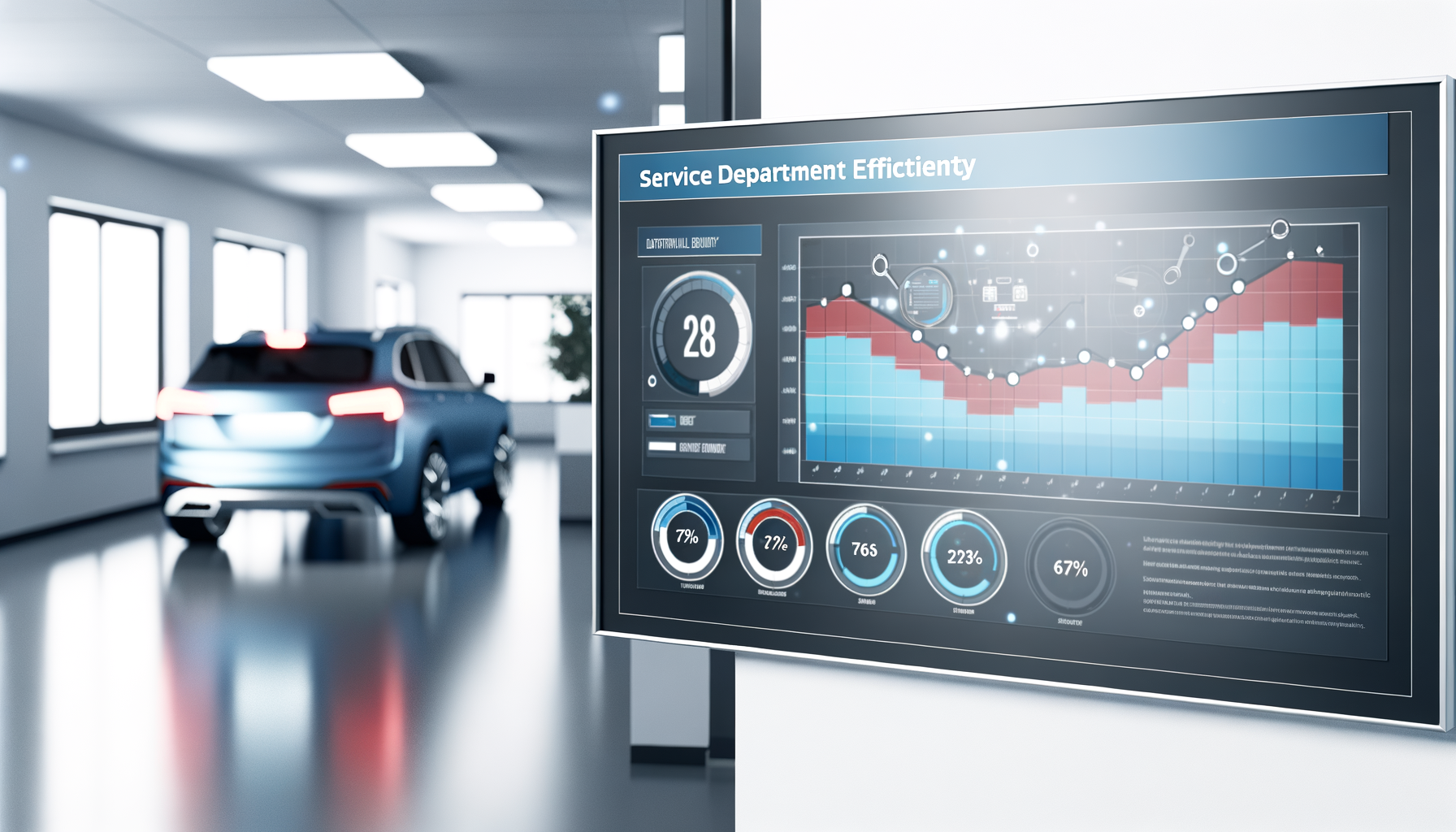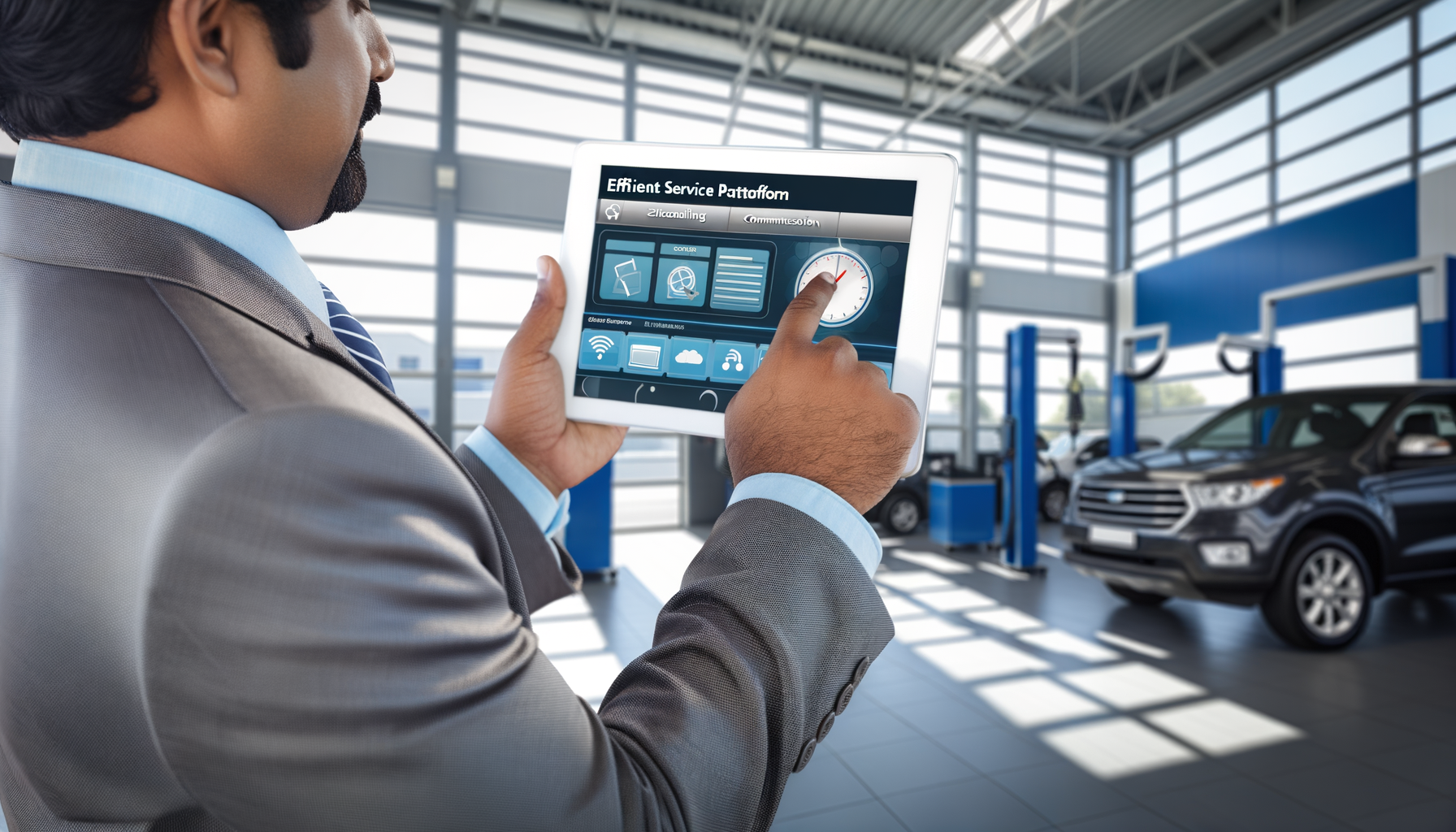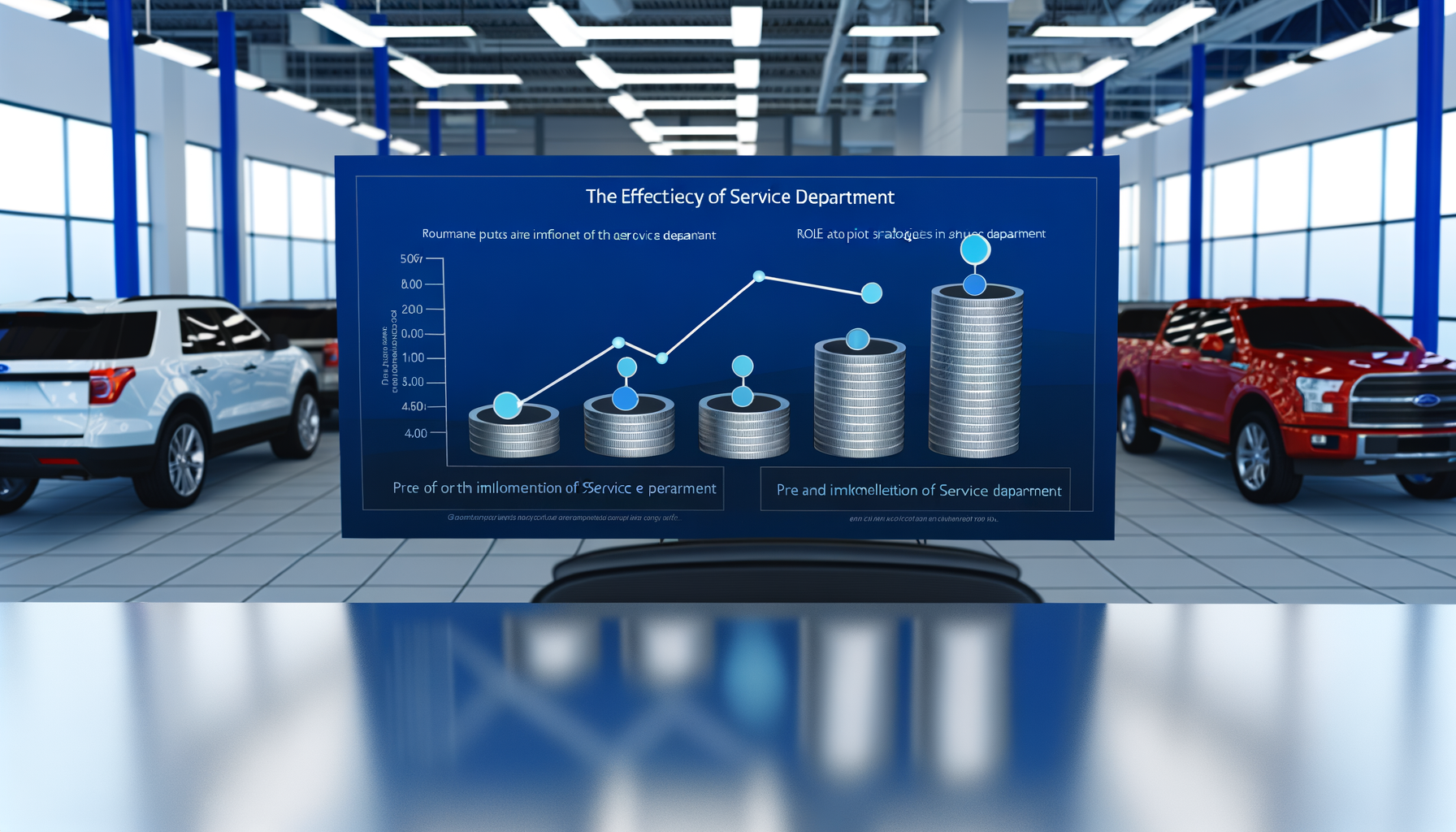Turbocharge Your Service Bay: Harnessing Innovative Practices for Maximum Efficiency

Understanding Current Service Department Challenges

In 2025, service departments face unique challenges compounded by technology disruptions and shifting customer expectations. A significant hurdle is the integration of new technologies into existing workflows without disrupting service quality.
Furthermore, an industry trend shows a 68% preference for digital service scheduling, underscoring the need for seamless digital interfaces. Yet, the reality of parts shortages continues to disrupt efficient operations, demanding agile solutions.
To navigate these challenges, service managers must identify inefficiencies and prioritize strategic investments in training and technology.
Leveraging Automation for Streamlined Operations

Automation presents a transformative opportunity for service departments, enabling streamlined operations and reduced manual workload.
Technologies like service department efficiency automation systems automate routine tasks such as appointment scheduling and parts inventory management, freeing up technicians for more complex repairs.
To implement these solutions, start by mapping current workflows to identify automation opportunities and invest in platforms that offer seamless integration with existing systems.
Implementing Data-Driven Efficiency Analytics

Data analytics is crucial for identifying patterns and inefficiencies in service operations, allowing managers to make informed decisions.
Utilize service department efficiency analytics to monitor key performance indicators (KPIs) such as turnaround times, technician productivity, and customer satisfaction scores.
Deploy analytics tools that offer real-time insights and predictive maintenance capabilities to preempt issues before they arise.
Enhancing Customer Experience with Technological Innovations

Incorporating technology in customer interactions can significantly enhance satisfaction and foster loyalty.
Implement solutions like digital service scheduling and automated updates to keep customers informed and engaged throughout the service process. Research indicates that 68% of customers favor digital interactions for convenience and transparency.
To maximize impact, ensure that your digital platforms are user-friendly and integrated with CRM systems for personalized service experiences.
Case Study: Successful Dealership Transformations

Consider the example of XYZ Motors, a dealership that transformed its service department by implementing an automated scheduling system and embracing data-driven decision-making.
In just six months, XYZ Motors reduced average service wait times by 30% and increased customer satisfaction scores by 15%, demonstrating the tangible benefits of strategic investments in technology.
By focusing on continuous improvement and leveraging customer feedback, XYZ Motors positioned itself as a leader in service department efficiency.
Measuring ROI and Continuous Improvement

Measuring the return on investment (ROI) of efficiency initiatives is crucial for justifying expenses and guiding future strategies.
Calculate ROI by comparing pre- and post-implementation metrics such as revenue per service bay, cost per repair order, and customer retention rates.
Commit to a culture of continuous improvement by regularly reviewing performance data and inviting input from staff and customers.
Related Topics
Ready to take your service department to the next level?
Schedule your demo today and experience the power of Auto Pro Solutions.
Schedule Demo